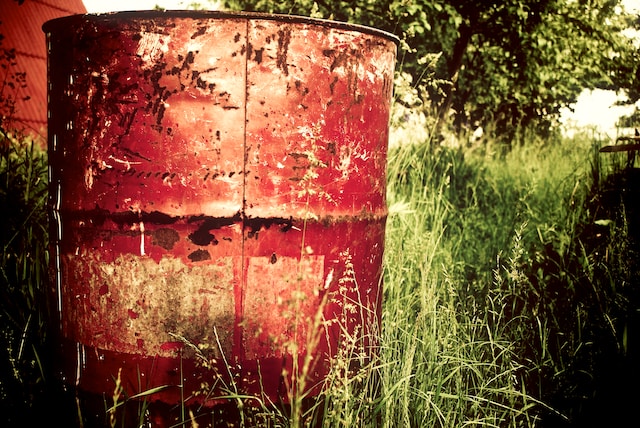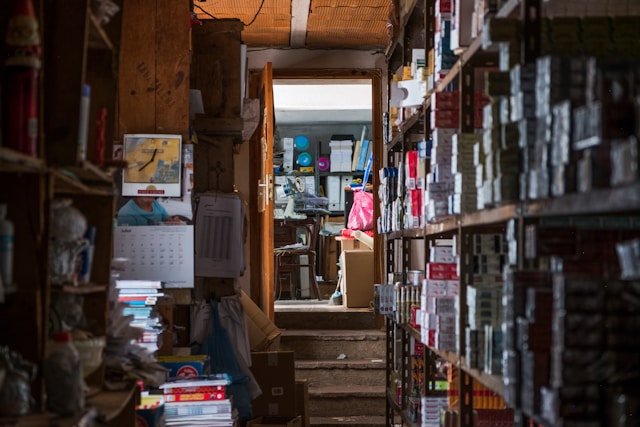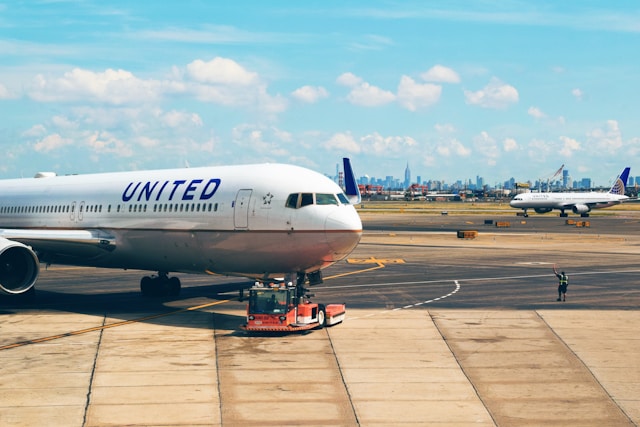A professional installer will inspect your site to ensure it suits an oil tank. They’ll check for nearby watercourses, groundwater areas, or a high water table. If they find an issue, they’ll recommend a solution. This might include a concrete pad, installing insulation on the fuel line, or even burying it underground.
Safety
Oil tanks contain flammable materials and need to be installed properly. A professional oil tank installation Westchester County NY company has extensive training in the regulations, codes, and safety measures required to install a new tank. They’ll also be able to identify and recommend other safety measures you may need to take. Tanks should be placed on a non-combustible base that extends a minimum of 300mm bigger in every direction from the tank to prevent weeds or grass from growing too close. They should also be placed away from combustible materials and structures like wood stoves and fireplaces, as well as ice and snow-covered ground.
The piping connecting the tank to the supply line should be 2 inches in diameter and made of galvanized steel. The piping should be securely fastened and sealed using pipe thread sealant. It’s essential to keep in mind that the piping should be protected from damage, so it should be buried in concrete or located inside an aboveground shelter.
Codes
Tanks should be installed outside, above ground, within a secondary containment system to minimize the risk of oil spillage and comply with local building regulations. They should also be positioned to reduce the impact on your property from theft and allow easy monitoring. Tank legs must be attached correctly and by local codes to prevent the oil tank from falling over. This includes using a proper type of pipe dope that is compatible with petroleum products. Venting systems are needed to allow fuel vapors to escape safely. Local codes must fit these, and a licensed professional should always inspect them. Your tank installer should be able to take care of this for you as part of their work when they fit your new oil tank. If your old tank and pipework can’t be removed, they should be capped and marked to avoid anyone filling them in error and causing a pollution incident.
Experience
A homeowner or small business may think they can save money on an oil tank installation project by purchasing a second-hand tank. But, households should always hire a professional to help reduce the risk of an unsafe oil tank. An aboveground tank requires a concrete pad to prevent the earth beneath from shifting over time. In addition to the pad, you’ll also need a venting system that allows fuel vapors to escape the tank safely and by regulations. A competent oil tank installer will be able to ensure your new tank meets regional building regulations and is positioned in the best spot for your property. They’ll consider if there are nearby watercourses, loose maintenance hole covers, wells, boreholes, sensitive groundwater areas, or other factors that could affect where the tank can be placed. They’ll also ensure the tank and pipework are easy to access for inspections and heating oil deliveries.
Time
If an underground oil tank leaks or a spill occurs, it could contaminate soil and groundwater. This hurts the environment, as well as property and human health. During oil tank installation, an environmental test should be conducted if the site is near a water source, such as a well, pond, stream, or wetland. The testing can also include inspecting the site, including soil, if needed. Tanks should be placed in a location that is easily accessible for delivery and maintenance. This is important to ensure the tank is inspected correctly and complies with local building regulations. In addition to a gauge for the tank level, each oil tank should have:




